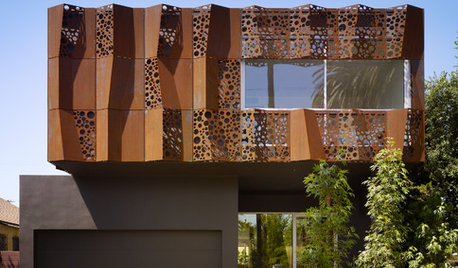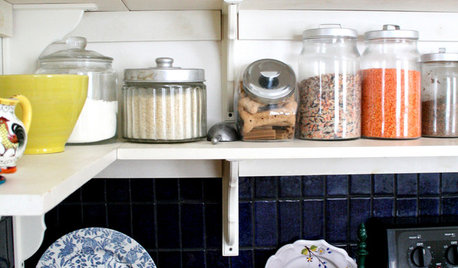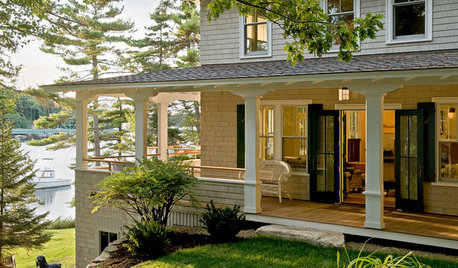Pine shavings between rows
drnewman6
10 years ago
Related Stories

BASEMENTSRoom of the Day: Swank Basement Redo for a 100-Year-Old Row House
A downtown Knoxville basement goes from low-ceilinged cave to welcoming guest retreat
Full Story
MY HOUZZMy Houzz: A Cocktail of Industrial and Cozy on Louisville's Whiskey Row
Muted tones and soft textures transform an open loft space into an inviting home
Full Story
HOUZZ TOURSHouzz Tour: Loving the Old and New in an 1880s Brooklyn Row House
More natural light and a newly open plan set off furnishings thoughtfully culled from the past
Full Story
ECLECTIC HOMESMy Houzz: Color and Texture Fill an Eclectic Pittsburgh Row House
Moroccan touches join exposed brick, salvaged materials and scads of books in this home for a creative couple
Full Story
KITCHEN DESIGNTry a Shorter Kitchen Backsplash for Budget-Friendly Style
Shave costs on a kitchen remodel with a pared-down backsplash in one of these great materials
Full Story
CONTEMPORARY HOMESHouzz Tour: Dappled Light Inspires Artistic Wrapping
Cor-Ten cut with circles mimics the effect of a massive pine tree’s canopy, for a striking look inside and out
Full Story
KITCHEN DESIGNDisplaying Kitchen Supplies — Hot or Not?
Do some kitchens just beg for a cozy row of canisters and gear for all to see? Have a look and let us know what you think
Full Story
GARDENING AND LANDSCAPING7 Ideas to Get You Back on the Front Porch
Remember the good old days, when porches offered front-row seats to street scenes? They can be even better today
Full Story
CONTEMPORARY HOMESHouzz Tour: Later in Life, a Bold New Design Adventure
A Washington, D.C., couple in their 70s embark on a new marriage and an innovative renovation of a historic row house
Full Story
HOUZZ TOURSHouzz Tour: From Overgrown Weeds to Picturesque Farmhouse Expanse
This once-neglected 100-acre South Carolina site now features a lake, a wood-filled farmhouse and a far-reaching view
Full StorySponsored
Custom Craftsmanship & Construction Solutions in Franklin County
More Discussions






ZachS. z5 Platteville, Colorado
digdirt2
Related Professionals
Harrison Landscape Architects & Landscape Designers · Seabrook Landscape Architects & Landscape Designers · Manchester Landscape Contractors · Pottstown Landscape Contractors · Gallatin Landscape Contractors · La Verne Landscape Contractors · Lakewood Landscape Contractors · Oklahoma City Landscape Contractors · Smyrna Landscape Contractors · Tustin Landscape Contractors · Watertown Landscape Contractors · Webster Groves Landscape Contractors · Westchester Landscape Contractors · East Norriton Landscape Contractors · Escondido Driveway Installation & Maintenancelucillle
seysonn
planatus
veggievicki
mother_necessity